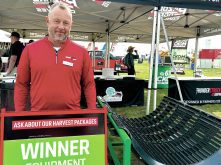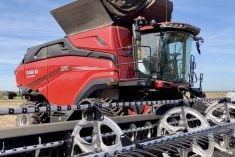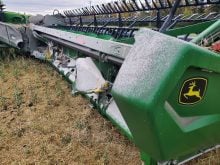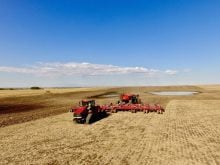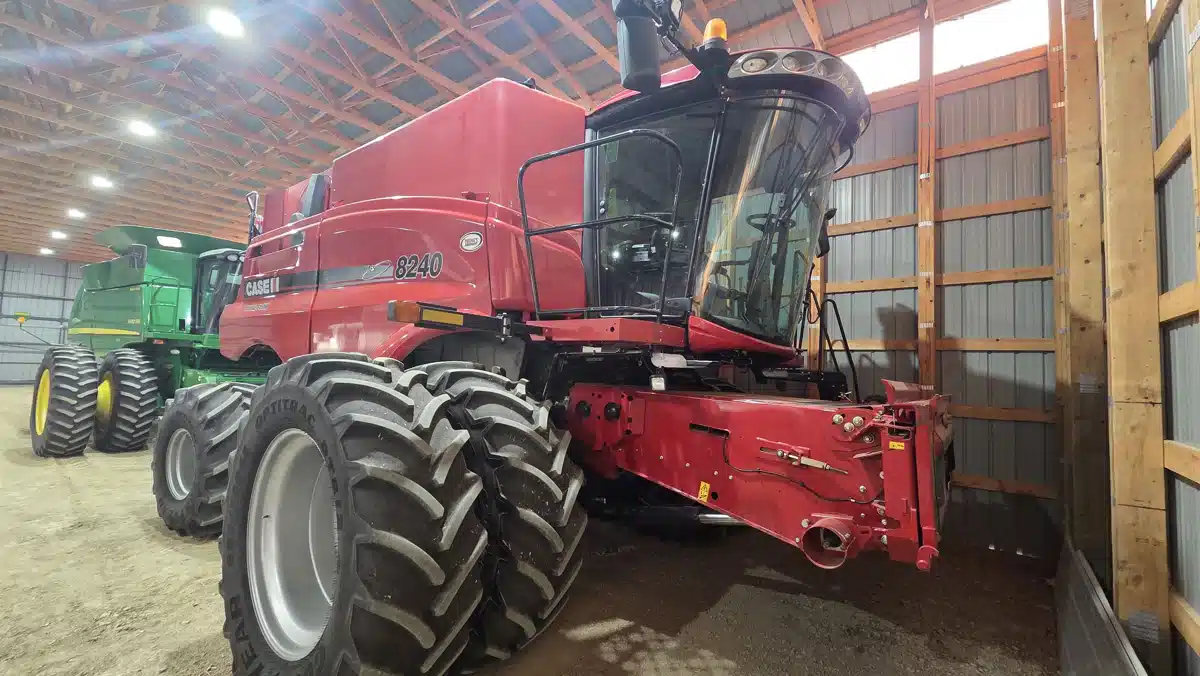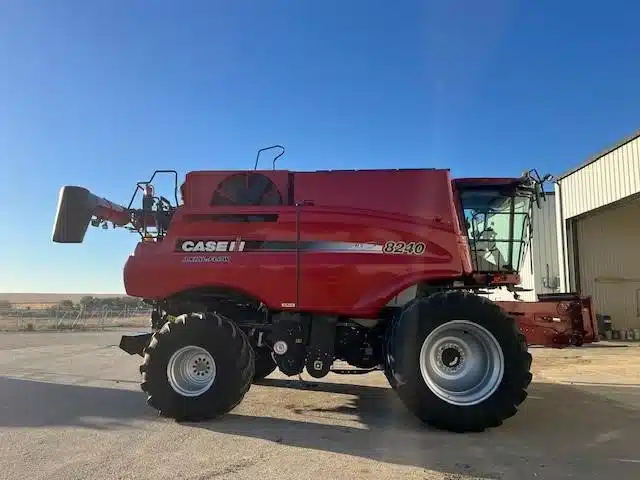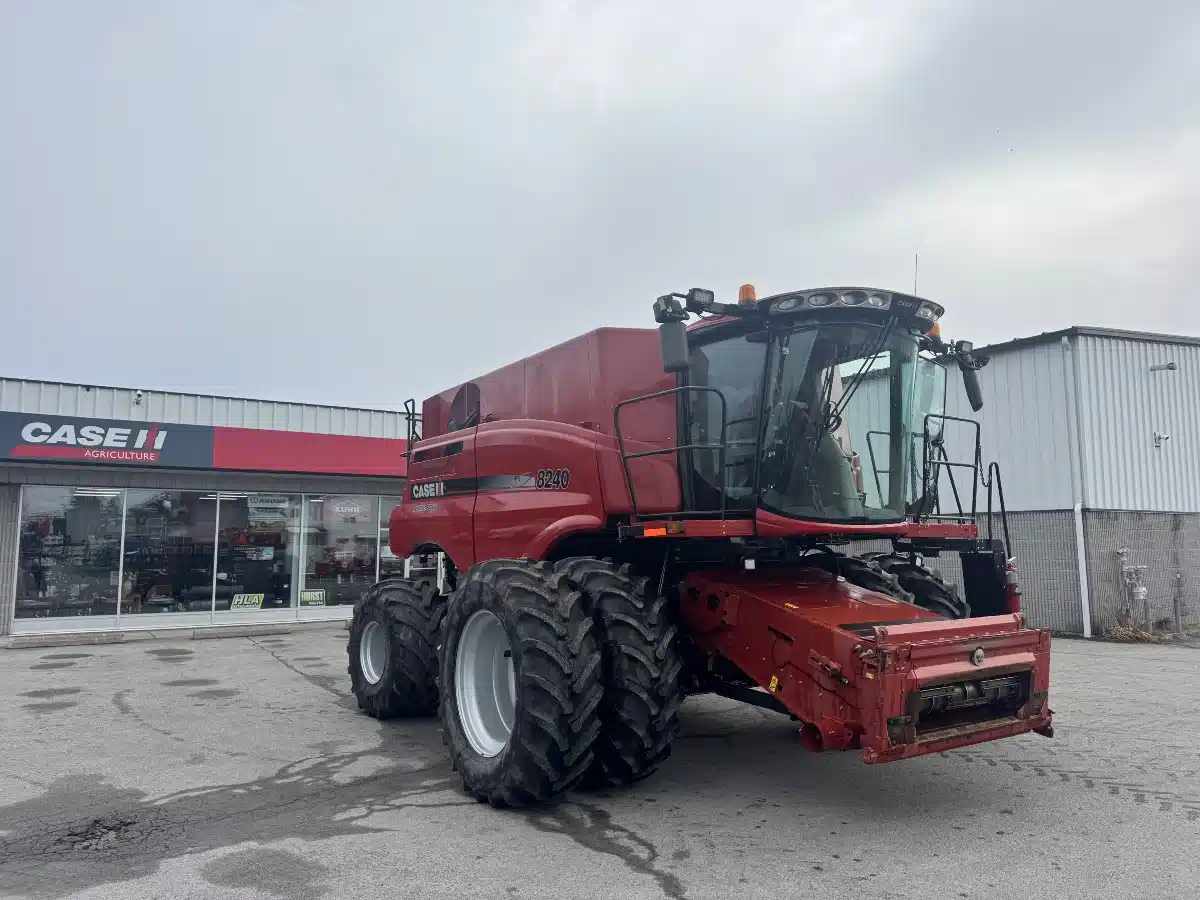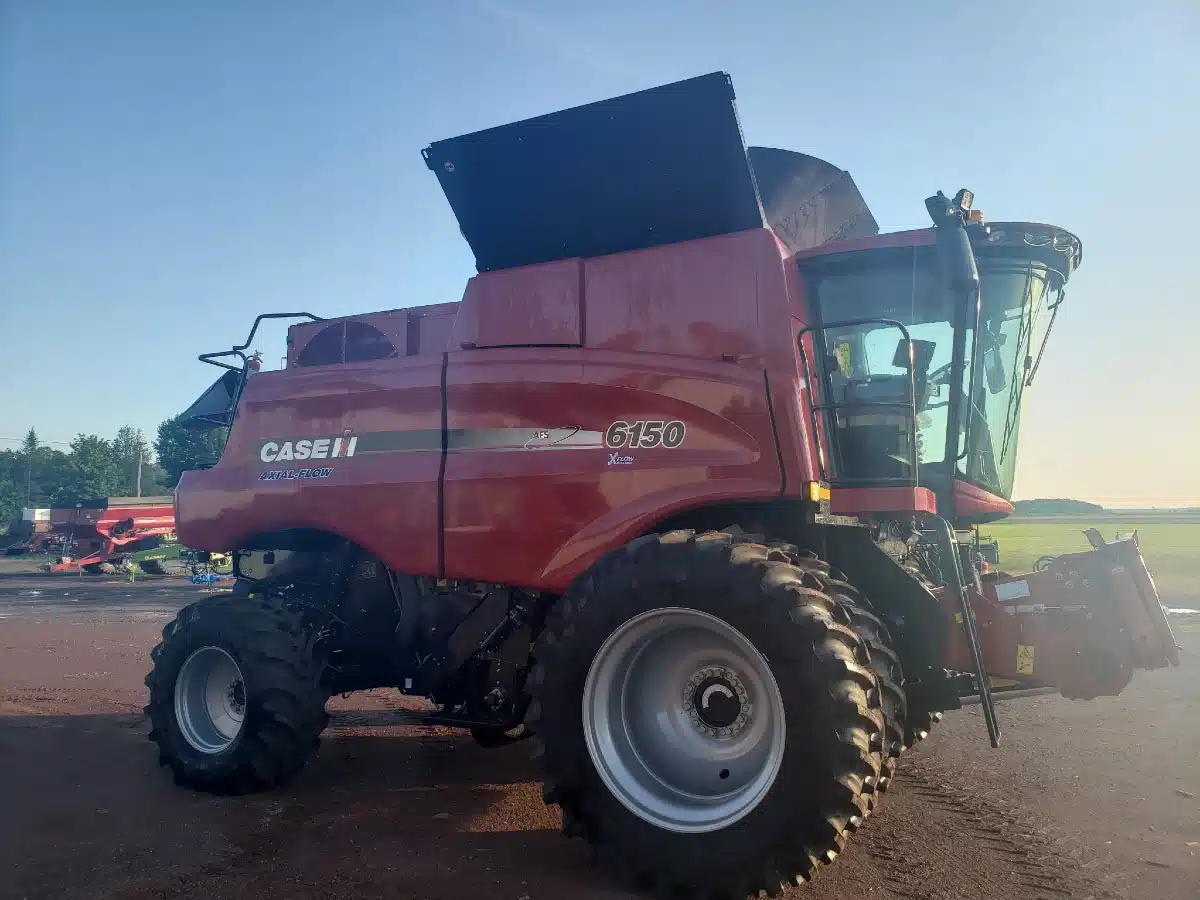Jim Franceschetti, Case IH parts and service pricing manager, provided Grainews with some year-end service and maintenance tips for combines. He writes:
When you pull away from the last field after harvest, the work is not quite done yet. You have run your equipment at maximum performance over the past several weeks, if not months, and probably put a few Band-Aids on your combine when breakdowns occurred just to get to the finish line. We get it — you do what you have to do to get the crop in the bin at the end of the season.
Now that your equipment is back at the shop, it is the perfect time to inspect your combine, make repairs, complete fluid and filter changes, and get everything greased up to ensure it is protected for the winter months and ready for the next season.
Read Also
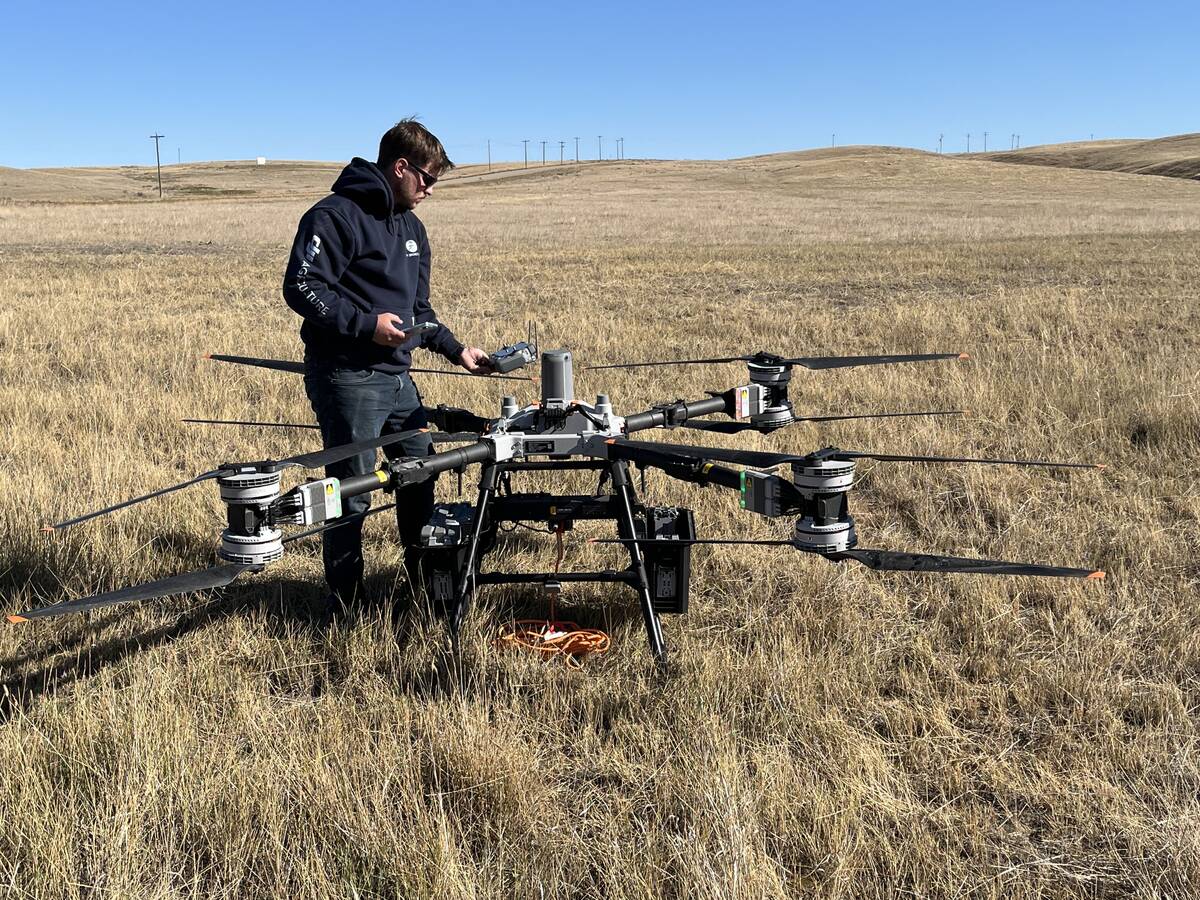
Farm-facing drone does the heavy lifting
Canadian distributor DJI Agriculture unveils its AGRAS T100 drone to western Canada’s producers for greater efficiencies in spraying and granular spreading in fields.
Now is also the perfect time to consider the fluids you are using in your equipment and optimize your lubricant strategy to maximize performance and extend the life of the equipment in your operation.
Run through a maintenance checklist
A post-season maintenance routine should begin with removing dirt and crop debris from your combine using an air compressor, then inspecting the equipment inside and out for any broken or worn parts that may need replacing. On your combine, remember to check headers, feeder chains, threshing components and the clean-grain handling system, where there are many moving parts that most commonly wear down. While the machines are running, record any error codes displayed on the in-cab systems and use a temperature gun to check for unusually warm bearings that may be deteriorating.
Establishing a lubricant strategy
The lubricants flowing through your combine during operation protect from damage due to wear, corrosion, noise and vibration. By the end of the season, you may reach the service interval or need to address engine oil, hydraulic transmission oil and coolant levels. Establishing a lubricant maintenance strategy for your combine can help prevent issues that may impact equipment performance and longevity.
A key component of your lubricant strategy should include post-harvest engine oil changes, hydraulic transmission oil and coolant fills, and greasing before the combine goes to the shed for winter storage or continues to be used during colder weather.
Used engine oil that settles for long periods of time can cause contaminants to impact engine components when started again, while leaving headspace in hydraulic oil tanks can cause unfavourable liquid formations.
Prepare for colder weather
As winter approaches, cleaning, inspecting and maintaining your combine is critical, but operators must also consider what to do with the extra lubricants on hand at the shop. Be sure to store lubricants in a dry location where the temperature remains moderate, and ensure all containers are well sealed to avoid contamination.
Remember to consult your operator’s manual for your machine’s maintenance specifications. Lean on your local OEM dealer for equipment maintenance expertise, from the resources and knowledge to help build your lubricant strategy to sourcing the genuine lubricants that fit your equipment lineup.



